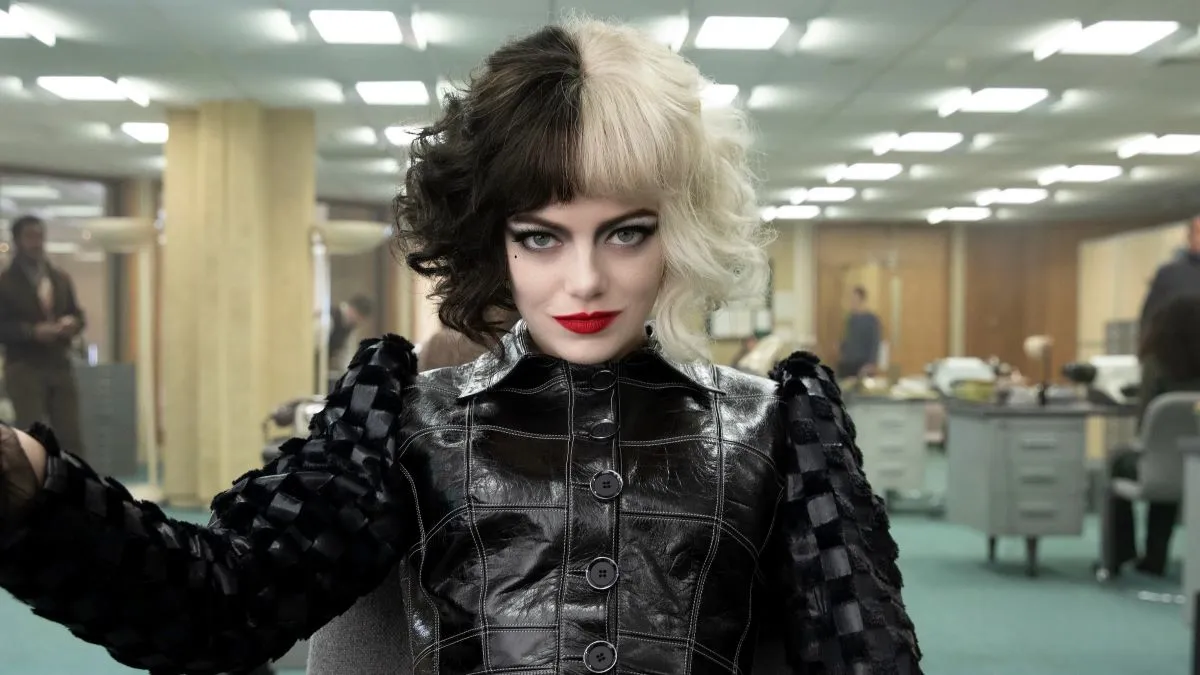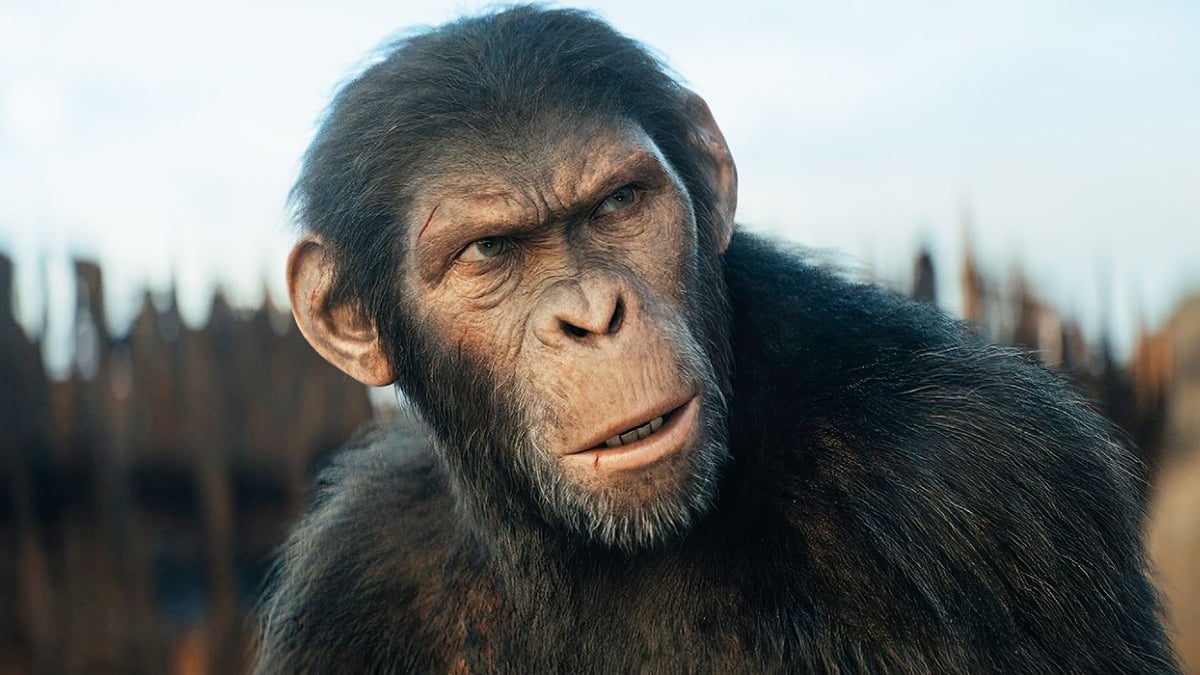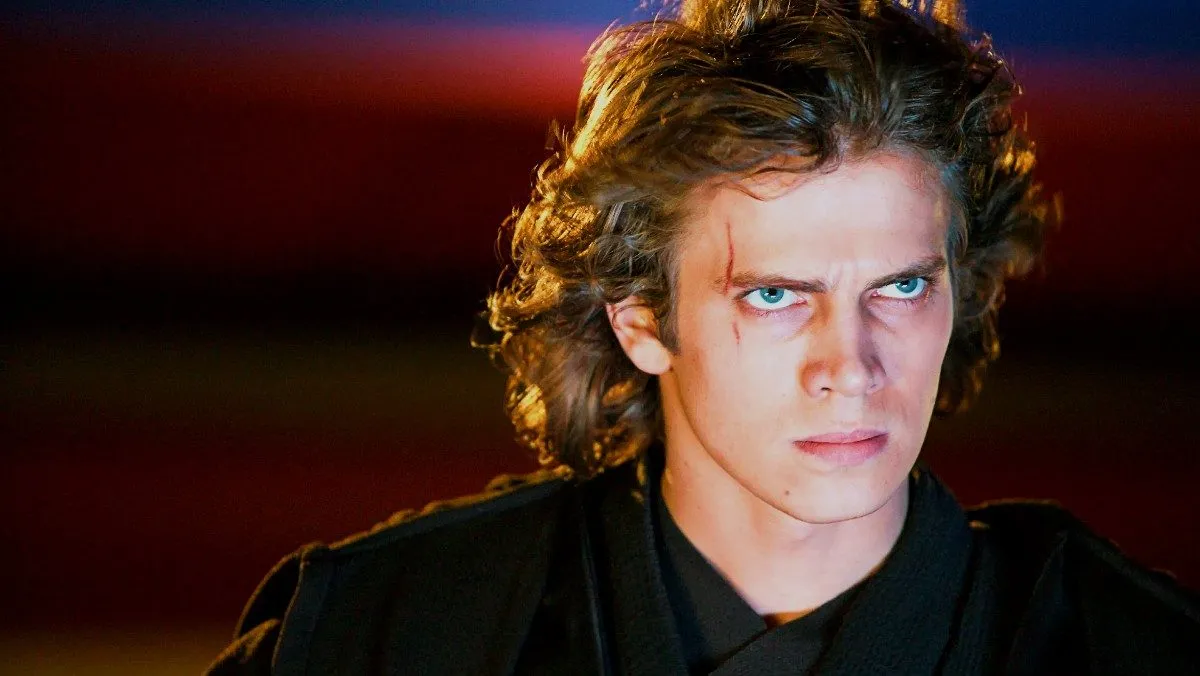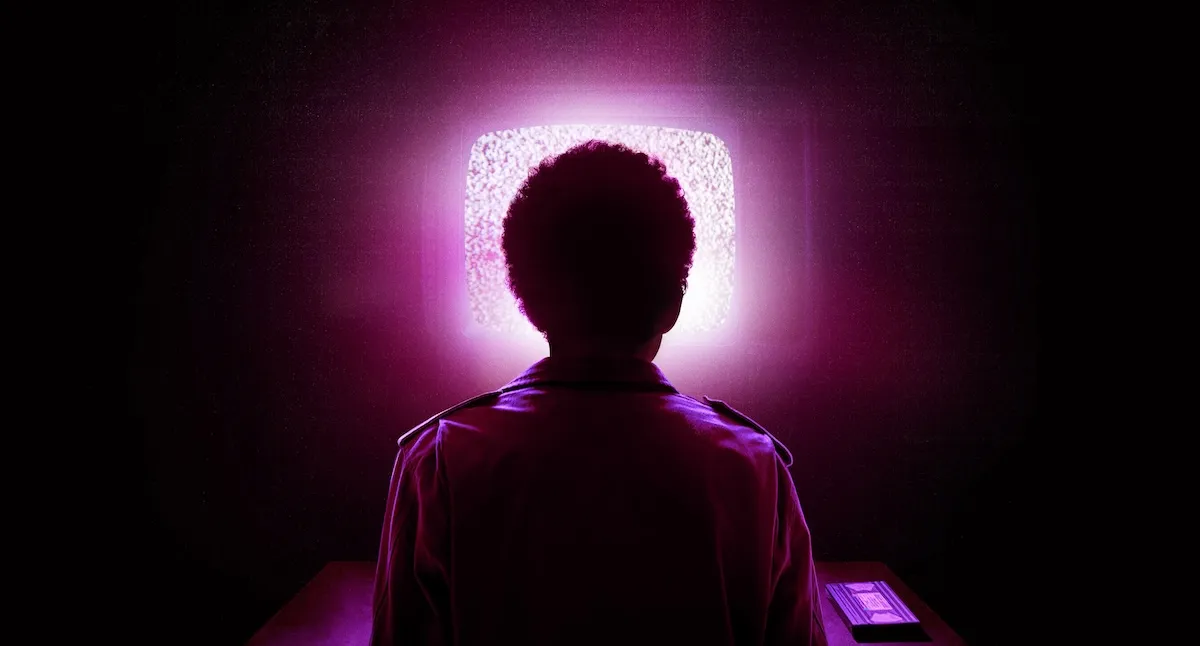Yesterday marked the 20th anniversary of the release of one of my favorite movies maybe of all time: The Emperor’s New Groove. The film was a box office and critical failure when it debuted in theaters on December 15, 2000, but in the years since its weirdness, humor, and anti-materialist message (which is ironic coming from Disney) has elevated the film to beloved classic status.
But The Emperor’s New Groove’s journey into the high echelons of the Disney canon was rough even before it was released, and the story of how it was made and unmade is a tale unto itself that highlights how brutal Hollywood and animation can be sometimes. The movie began development in 1994 under director Roger Allers on the heels of his massive success directing a little film called The Lion King. But the movie he started working on wasn’t the slapstick comedy we have today, it was a far more earnest film called Kingdom of the Sun.
Originally conceived as a more dramatic musical in the same vein as The Lion King set among the Inca of Peru, with a soundtrack of songs by Sting, Kingdom of the Sun spent years in development and preproduction, with the creatives even taking a trip to Machu Picchu. The original story has some resemblance to what ended up on the screen, but in other ways, it’s very different.
The plot of Kingdom of the Sun is wild and extremely complicated. The ruler was still voiced by David Spade but he was named Manco, who encounters a simple llama herder named Pacha, who in this version, looked just like him and was voice by Owen Wilson. One of his llamas, named Snowball, is selected to be sacrificed and Pacha is trying to save him and gets embroiled in this huge conspiracy involving a plot by the high priestess Yzma (still Eartha Kitt) who wants to murder Manco because it will bring back the shadow god Supai and destroy the sun because, I kid you not, she doesn’t like that the sun gives her wrinkles.
Someone gets turned into a llama, of course, I think it’s Manco and Snowball the llama hits on him while Pacha has a romance with Manco’s fiance? Also there was also a character called Huaca, a 10,000-year-old rock who kept a sharp eye on the emperors and wanted to end their line voiced by, of course, Harvey Fierstein.
All of this set to songs by Sting who agreed to do the project on the condition his wife, Trudie Styler, could document the process. That documentary eventually became the film The Sweatbox, which Disney tried to bury since it doesn’t make them look terribly good. Even so, the full thing is available on YouTube. As you may have guessed, things went rather terribly with Kingdom of the Sun and the documentary shows it from the original creator’s perspective.
Looking at the summary of Kingdom of the Sun, it’s easy to see why the film didn’t work. It was confusing and couldn’t find a tone between epic and comedy (a problem that also plagued other Disney properties, like Hercules, which Lindsay Ellis goes into in a brilliant video about the film). This time, right after The Lion King, was when Disney felt they could and should do anything, but no one at the studio knew that they were actually going down from a peak that they never would hit again. After Pochahontas and Hunchback of Notre Dame failed to meet expectations, Disney became rightfully worried about Kingdom of the Sun.

The studio added a second director, Mark Dindal, to punch things up, but that didn’t help. Production got behind as everyone continued to to try to tinker with and fix the movie. People trusted Allers, he had made The Lion King after all, but the executives and producers were not happy with this move.
By the summer of 1998, when Hercules had faltered too, the film was on very thin ice and not far enough along in production to make their proposed release date of summer 2000. Allers asked for an extension and Disney said no, so Allers walked. The project shut down with only 25% of the animation done, in September of 1998, Kingdom of the Sun went dormant.
Disney chief Michael Eisner gave producer Randy Fullmer two weeks to save the project, without Allers there. The character of Pacha was reimagined and recast and pretty much the entire story was rewritten with only the barest bones of Kingdom of the Sun (Incas, a murder plot, llamas) remained. Thanks to storyboard artist Chris Williams’ pitch, the movie became a buddy comedy in the vein of Chuck Jones, with slapstick and absurdity. That is to say: the movie we know and love today. Disney bought it and only moved the release date six months from summer to winter to allow them to make an entirely new movie in two years.
The movie became Kingdom IN the Sun, then The Emperor’s New Groove. It was tough, some animators left, while new talent and cast came on: Patrick Warburton as Kronk being the most notable, along with John Goodman as Pacha. All the songs Sting had written for Kingdom of the Sun were dropped, though he was kept on for an opener and closing song. He was around long enough to object to an alternate ending that saw Kuzko simply building his Kuzko-topia water park on another hill and destroying the rainforest (and learning nothing! So thanks for stopping that, Sting).

Ultimately, the movie we got is very unique for Disney. It’s a pure comedy without much music that goes for gag after gag at a pace you just don’t see in many other Disney animated films. And that’s certainly what makes it great, but it was also not what people were expecting from Disney when it hit theaters in winter of 2000. It took years for a wider audience to realize how funny and brilliant this movie is.
But that’s not to say it isn’t flawed as well. Some jokes are extremely dated now, and it’s also extremely not great that the story about indigenous people in South America was voiced entirely by non-Latinx people. And the way that the work of years on Kingdom of the Sun was thrown away has got to still sting for the people involved.
But in the post-golden age of Disney, Emperor’s New Groove stands out as a gem because the studio took a hard look at something that was not doing well and took the huge risk of starting almost from scratch. That’s why we remember this move with more fondness than other Disney B-listers that came before and after, like Tarzan, Atlantis, and Treasure Planet.
Ultimately, this is a movie we love against all odds, because like so many other classics, it barely scraped by into its very existence. And I’m glad it did because I fully intended to keep quoting it (much to my family’s dismay) for the rest of my life.
(imges: Disney)
Want more stories like this? Become a subscriber and support the site!
—The Mary Sue has a strict comment policy that forbids, but is not limited to, personal insults toward anyone, hate speech, and trolling.—









